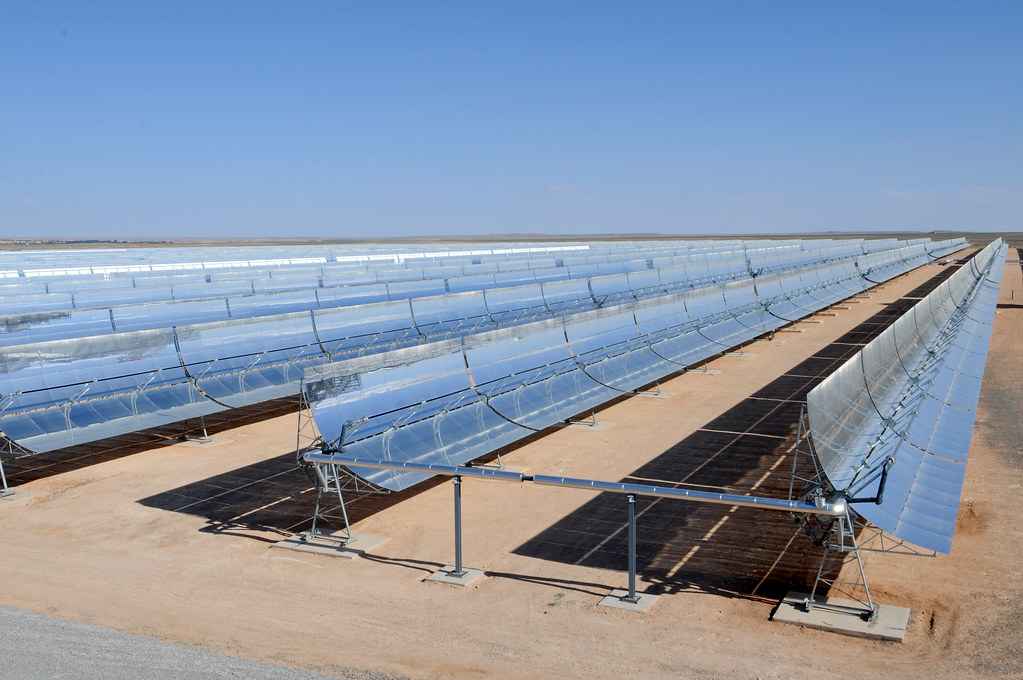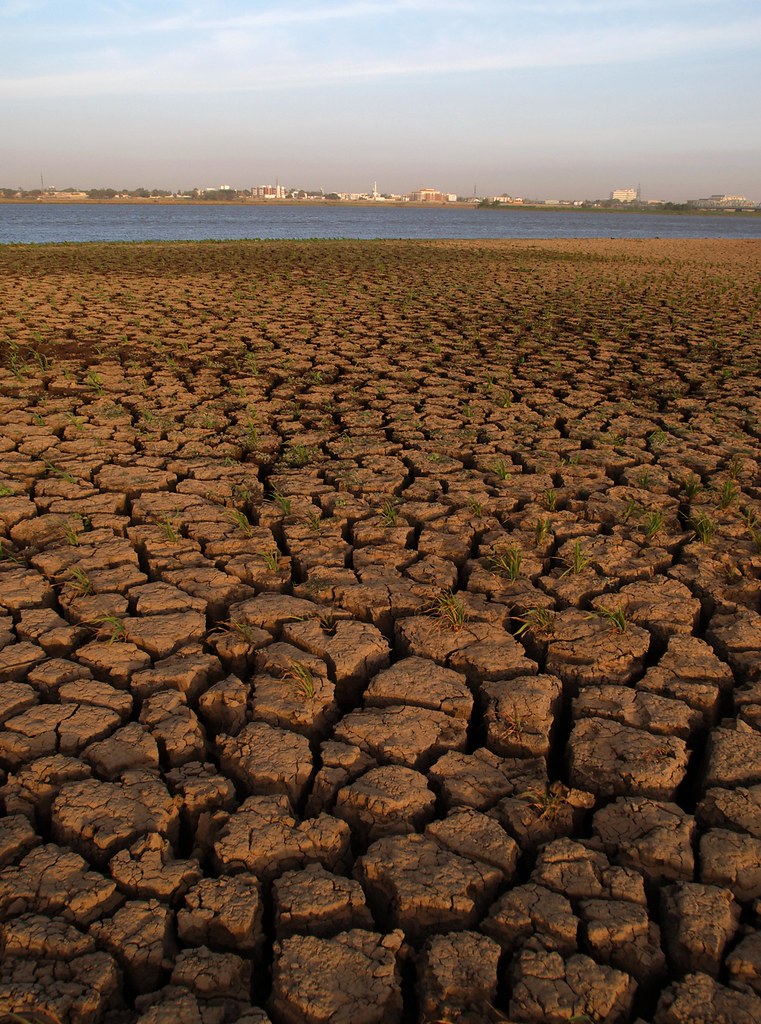











The World Meteorological Organization (WMO) describes the build-up of greenhouse gases in the atmosphere during the 20th century as resulting from the growing use of energy and expansion of the global economy. The build-up of greenhouse gases in the atmosphere alters the radiative balance of the atmosphere. The net effect is a warmer Earth surface and a lower atmosphere because greenhouse gases absorb some of the outgoing heat radiation from Earth and reradiating is back to the surface of the earth Earth’s outgoing heat radiation and reradiate it back towards the surface.
Climate Change refers to changes of the climate attributed to directly or indirectly to human activity, altering the composition of the global atmosphere, in addition to the natural climate variability observed over comparable time periods. Climate change poses an acute threat to development and the efforts to end poverty. Without urgent action at a global scale, its impact could push an additional 100 million into poverty by 2030.
In 2015, in Paris (COP21), Parties to the UNFCCC reached a landmark agreement to combat climate change and to accelerate and intensify the actions and investments needed for a sustainable low carbon future. The Paris Agreement builds upon the Convention on Climate Change and – for the first time – brings all nations into a common cause to undertake ambitious efforts to combat climate change by keeping mean temperature rise well below 2 degree Celsius and adapt to its effects, with enhanced support to assist developing countries to do so.
The recent report of the Intergovernmental Panel on Climate Change (IPCC ), shows that there is already evidence of the effects of 1 degree C, of global warming through more extreme weather , rising sea levels and the diminishing Arctic sea ice , among other changes. The report also highlights climate change impacts that could be avoided if global warming could be limited to be 1.5 degree Celsius .If this trend continues by 2050, it could mean that as many as 143 million people across three developing regions will become climate migrants, with individuals, families and even whole communities forced to seek more viable and less vulnerable places to live.
There are two main approaches to combating climate change: Climate Change Mitigation and Climate Change Adaptation



Mitigation refers to efforts to decrease concentration in the atmosphere of greenhouse gases by enhancing sinks or prevent the emission of greenhouse gasses. There are various ways in which this can be achieved: using new technologies, renewable energy, increasing the efficiency of existing systems and equipment, changing management practices and consumer behavior. There several different types of mitigation actions being carried out globally both on large scale and on small scales such as climate friendly city planning, climate friendly energy generation etc. In the GESI Smarter 2030 report: ICT Solutions for 21st Century Challenges, these were the findings that show the central role Technology plays in providing solutions for the challenges of climate change: